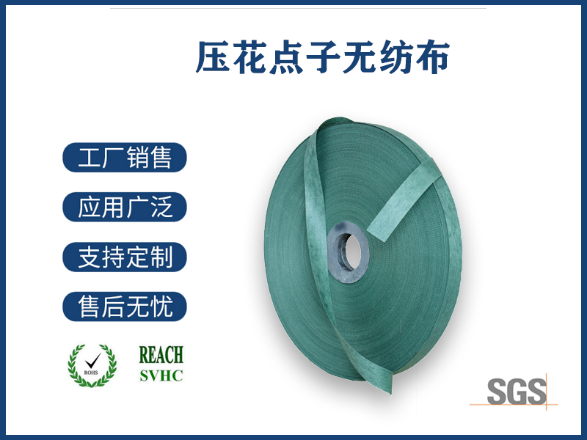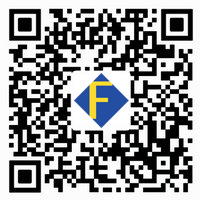
Title: Beyond the Basics: Exploring the Versatility and Applications of Non-Woven Fabric with English Alphabets In today’s ever-evolving world of materials science, non-woven fabric has emerged as a revolutionary player, transforming industries ranging from healthcare to fashion. This synthetic fiber marvel is lightweight, durable, and boasts an impressive array of applications that often go unnoticed by the general public. One such captivating application is its use in creating English alphabet designs, which serve not only decorative purposes but also educational and functional roles in various sectors. At its core, non-woven fabric is a sheet of material that is neither woven nor knitted. Instead, it is engineered through a process involving bonding or entangling fibers together mechanically, thermally, or chemically. This unique production method results in a versatile material with a myriad of advantages over traditional textiles. Non-woven fabrics are breathable, moisture-resistant, and can be easily customized, making them ideal for innovative uses like the incorporation of English alphabets. The integration of English alphabets into non-woven fabric serves multiple practical purposes across different domains. In the realm of education, these alphabets are often used on teaching aids such as wall charts, banners, and interactive boards, providing a tactile and visual learning experience for young children. The durability and washability of non-woven fabric ensure that these educational tools remain intact and hygienic for extended use. Furthermore, in the advertising industry, non-woven fabric with English lettering is employed for banners, signs, and promotional displays. Its lightweight nature facilitates easy transportation and setup, while its resistance to tearing ensures longevity even under frequent handling and outdoor conditions. This adaptability makes non-woven fabric a preferred choice for event planners and marketing professionals seeking cost-effective yet impactful branding solutions. Healthcare facilities also benefit from non-woven fabric adorned with English letters, particularly in the form of informational panels and directional signs. These are crucial for navigating hospital corridors and ensuring patient and staff safety by clearly indicating areas like emergency exits, operating rooms, and restrooms. Non-woven fabric’s ability to repel liquids and resist the growth of bacterial contaminants enhances hygiene standards within medical environments. Moreover, the environmental consciousness of our time has led to the adoption of non-woven fabric in eco-friendly packaging solutions. With English letters printed on these materials, companies can communicate sustainability messages, recycling instructions, or product details directly on the packaging. This not only informs consumers but also aligns brands with green initiatives, fostering a positive corporate image. In conclusion, the marriage of non-woven fabric with English alphanumeric design showcases the boundless potential of this remarkable material. From enriching educational experiences to enhancing healthcare navigation, promoting brands effectively, and supporting environmental sustainability, non-woven fabric with English alphabets proves itself as a versatile ally in modern society. As technology advances and sustainability becomes increasingly paramount, we can expect to see even more ingenious applications of non-woven fabric emerge, continuing to shape our world in surprising ways.



 客服QQ
客服QQ